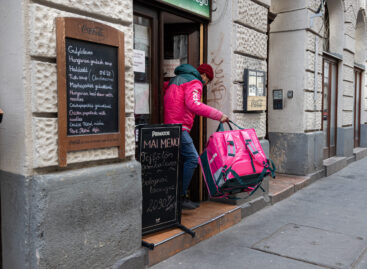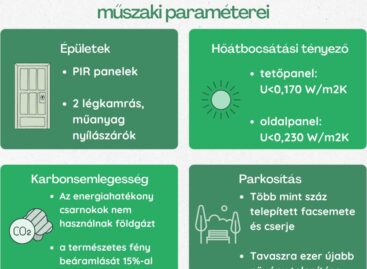How did it start and where are we now?
The first period was the one before Hungary’s accession to the European Union (1994-2004), when the main task was preparing for the challenges after accession. This period was characterised by crisis management in many cases. Many people in the industry were surprised to see how well-organised competitors were in Denmark, the Netherlands and Germany. It was difficult to accept the fact that we won’t be able to sell in the markets of ‘old’ member states even if our products were better and not more expensive than theirs. VHT was established based on the Agriculture Act of 1993, with compulsory membership. The organisation’s main job was harmonising interests and managing subsidies. Producers got some kind of price guarantee: prices decided at VHT presidency meetings would be paid by processing companies when buying pig. Hungary was a net exporter and the ministry did its best to maintain this situation. VHT’s work involved conciliation between breeders, processing firms and trading companies, lobbying for the sector at state level and organising training programmes. In this period the presidency consisted of 23 members, with the president appointed using a rotation system. The two influential presidents of the period were Géza Hegedűs and Dr László Zádori. It was in 2004 that the second period started. The biggest difference from the first period is that membership became voluntary and a membership fee has to be paid. Today the sector’s concentration level has reached the European Union’s average. There are 11 people in VHT’s presidency and work is organised in four committees: Ad-hoc Committees, Coordination Committee, Marketing Committee, the President and the Presidency. The fact that the ministry delegated certain tasks to VHT is the result of excellent work by presidents in office Gábor Antal and Dr Antal Németh, and the contribution of operative manager Lászlóné Menczel. Rosselkhoznadzor, Russia’s veterinary surveillance authority has been conducting audits in Hungary since 2004 to check the quality of meat exported to Russia – until 2012 this work was also done with the help of VHT. VHT’s representation in Brussels opened in May 2004 and the quality of work done there is indicated by the fact that the ministry has always relied on the expertise of head of office György Endrődi; since 2012 VHT also represents the Hungarian Chamber of Agriculture (NAK) in Brussels. VHT joined the most important international trade organisations, COPA-COGECA, IMPA, CLIRAVI and UECBU. At the beginning 800 enterprises were VHT members, the peak year was 1998 when 20,000 had the right to vote. The organisation managed to keep members and currently covers 70 percent of the sector. VHT earned the representative interprofessional organisation status with the Agricultural Organisations Act of 2012. Quality Hungarian Pork (KMS) trademark: the Ministry for Rural Development and the Livestock and Meat Interprofessional Organisation and Marketing Board have signed an agreement on how to use the trademark and operate the quality assurance system behind it.(x)
Related news
Related news
After a subdued year, the holiday season is strong
74% of online shoppers, around 3.1 million people, are preparing…
Read more >Battle of the regions: these are the most popular dishes according to Hungarians
Five times the national average of Mexican food is consumed…
Read more >Business-tailored halls help SMEs develop and grow
RaktárAD, a logistics developer with a Belgian-Hungarian ownership background, has…
Read more >





